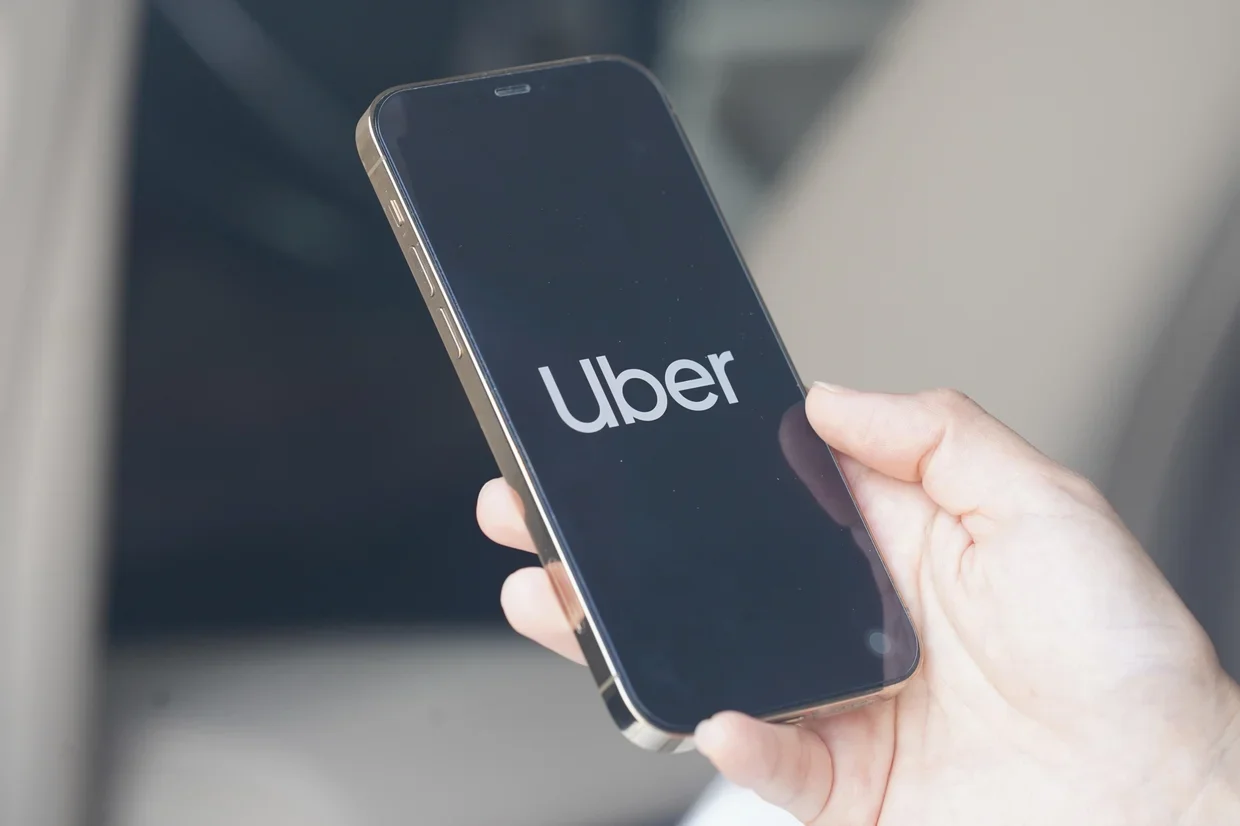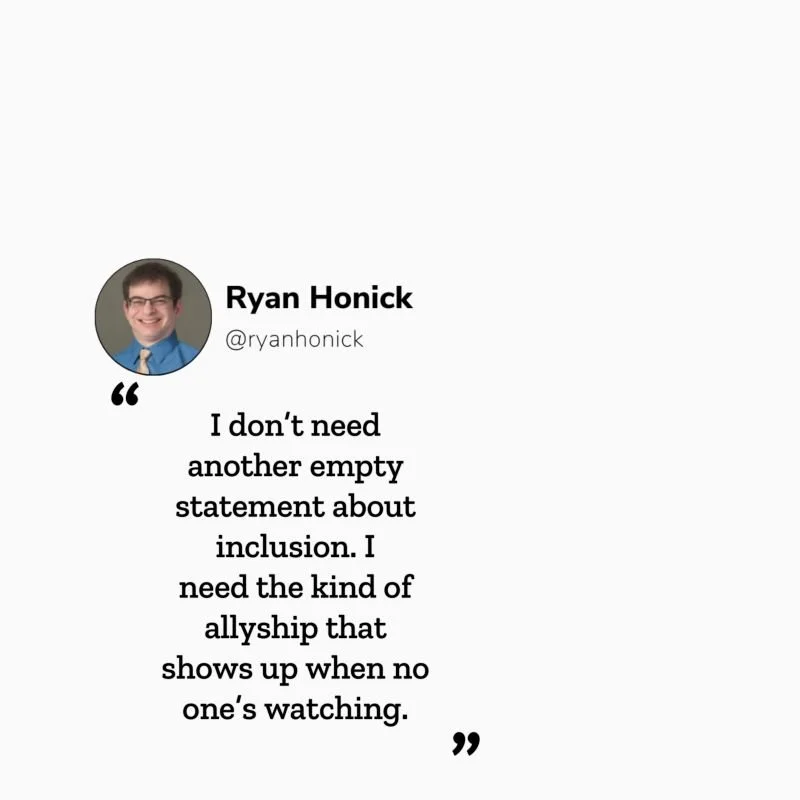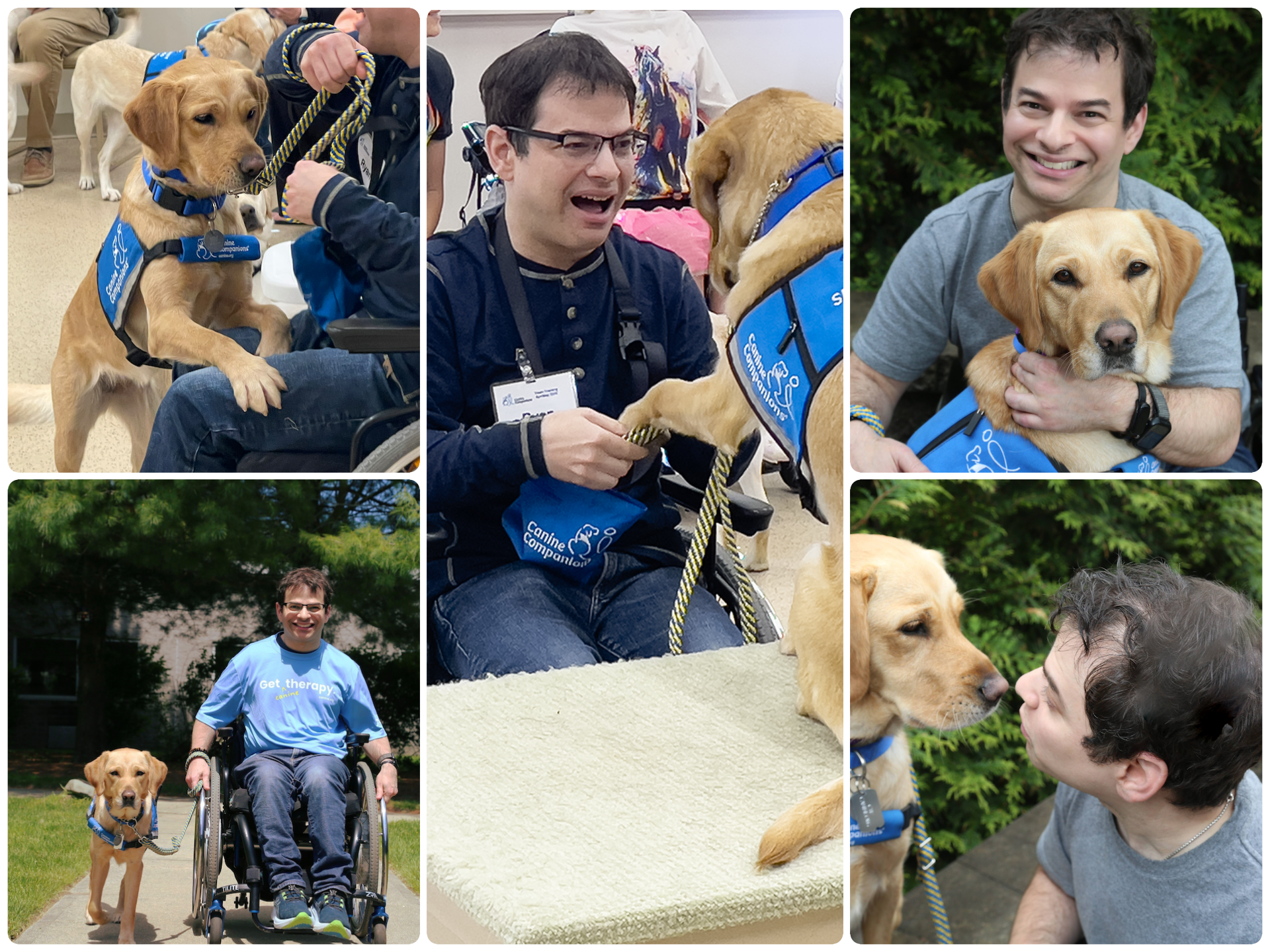A person types on a laptop at an outdoor table. Only their hands and forearms are visible. A takeaway coffee cup sits nearby, and sunlight casts strong shadows across the green tabletop.
I’ve always said remote work kept my career sustainable long before COVID made it acceptable. That part gets lost. Remote work didn’t appear in 2020. It only became socially acceptable when everyone needed it.
That says something about disability.
When disabled people ask for something, it becomes a special exception.
When the majority needs the same thing, it becomes innovative and essential.
Now here we are in 2025, watching companies announce return-to-office requirements in the guise of “team spirit” and culture. The Wall Street Journal points to concerns about learning, innovation, and collaboration slipping in hybrid environments. A recent article from YourTango noted a worker quitting in the middle of a meeting when HR told them that rising commuting costs were simply the price of being a team player.
Let me tell you what team spirit looks like from my reality.
It is pouring rain. My wheelchair has powered components that cannot get soaked. Canine Companions® Lovey is with me and I am responsible for her safety. The “just grab an umbrella” solution that non-disabled people rely on is not an option. Something as routine as weather can dismantle an entire workday before it starts.
Or I’m relying on the Washington Metropolitan Area Transit Authority (WMATA). One broken elevator is enough to shut down my commute completely. That happened often when I lived in DC. None of this is about drama, it’s the reality of disability few recognize.
Remote work gives me the ability to spend my energy on the job you hired me to do. Without it, I burn through that energy just getting to the building. At home, I can manage chronic pain, sensory triggers, migraines, ADHD, and all the other invisible mechanics of disability without performing them in front of coworkers who don’t know how to respond.
People tell me disability makes them uncomfortable when it is visible. The same people often insist that remote work does not count as real work. That contradiction is impossible to ignore.
If you want genuine team spirit, here is where it starts:
1. Believe disabled employees when we tell you what we need.
2. Treat accommodations as responsibilities rather than obstacles.
3. Write policies that include disabled voices from the beginning.
Disabled employees are putting in extraordinary effort every single day. We are often working three times as hard for half the credit within systems that were not built to include us. And we still deliver.
So the question I keep coming back to is simple:
Why are we still having this conversation in 2025?










